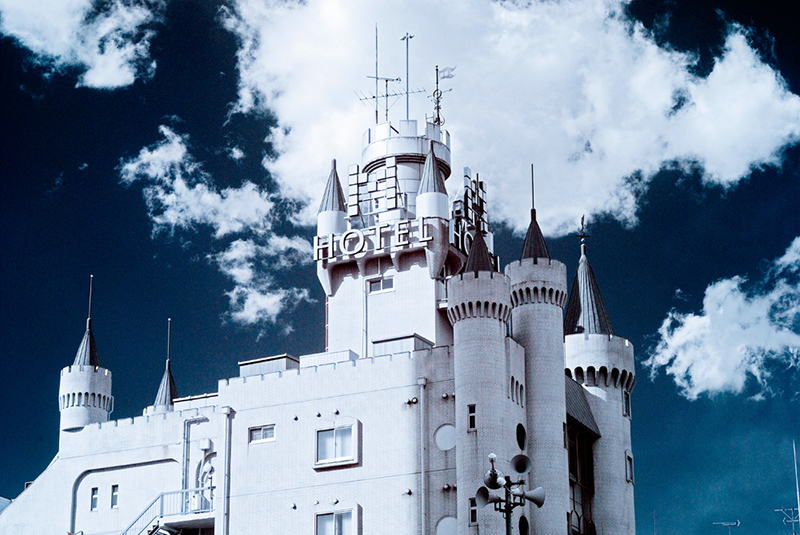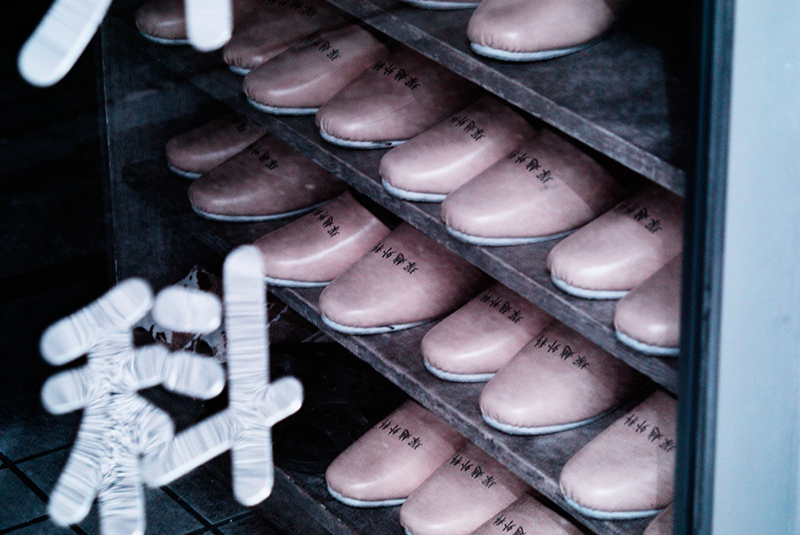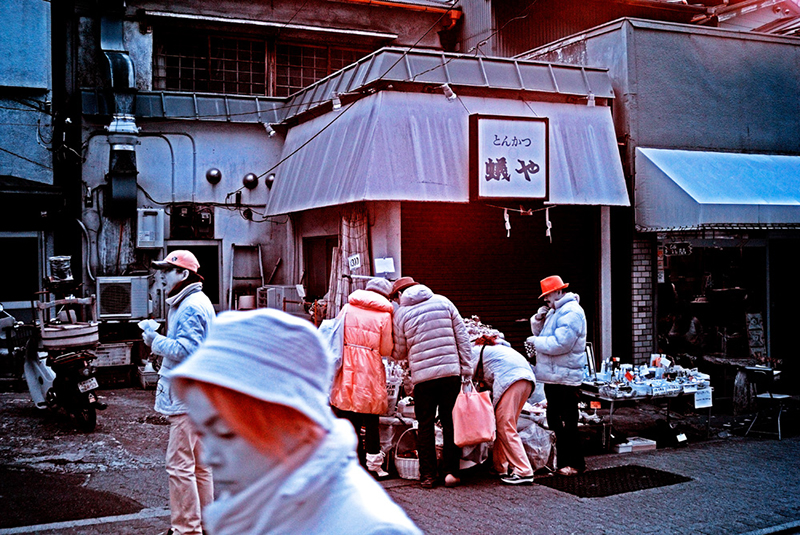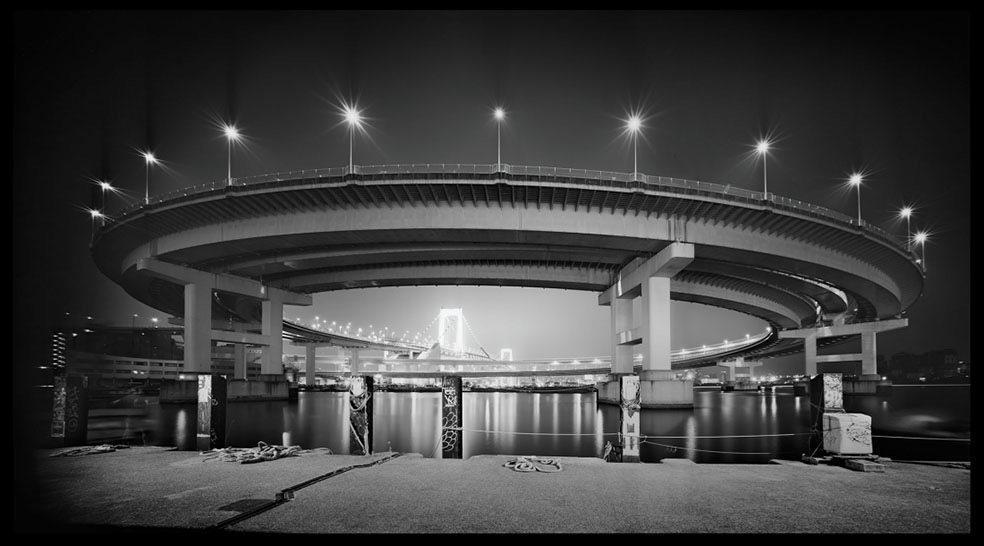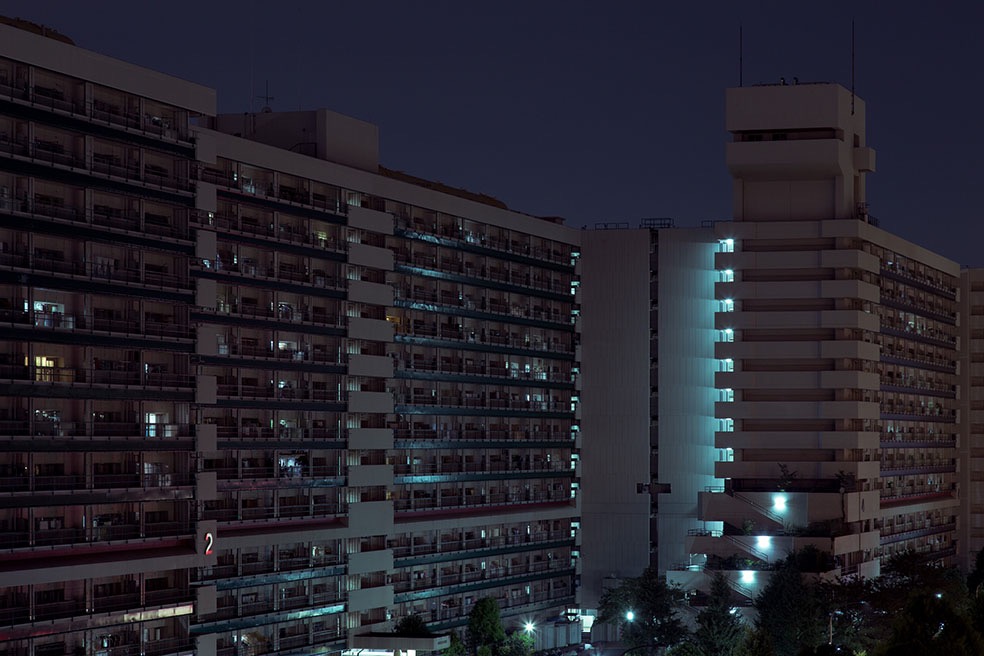Tokyo Radiant portrays the Japanese capital following the Great Tohoku Earthquake that struck the country in 2011. In color infrared pictures, it captures the uncertainty and eerieness that struck the country following the triple catastrophe of earthquake, tsunami, and nuclear meltdown at Fukushima Daichi power plant.
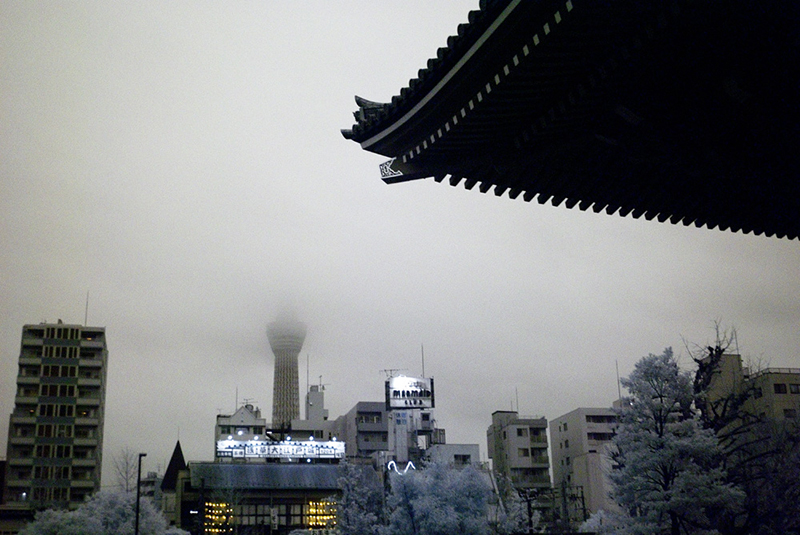
About On 11 March 2011, an earthquake with the magnitude of 9 struck the north-eastern part of Japan. It was neitherthe first in recent years nor the strongest in history, yet the devastating consequences this time were beyondanyone’s imagination. Not only did a tsunami of unprecedented strength literally wash away many villages,defying all measures of protection that had been taken and robbing countless lifes, the collapse of nuclearreactors in the Fukushima power plant and the subsequent radiation left the nation aghast before a threatpotentially bigger than anything before. For the first time, a piece of land had to be evacuated with noperspective of return in the near future.
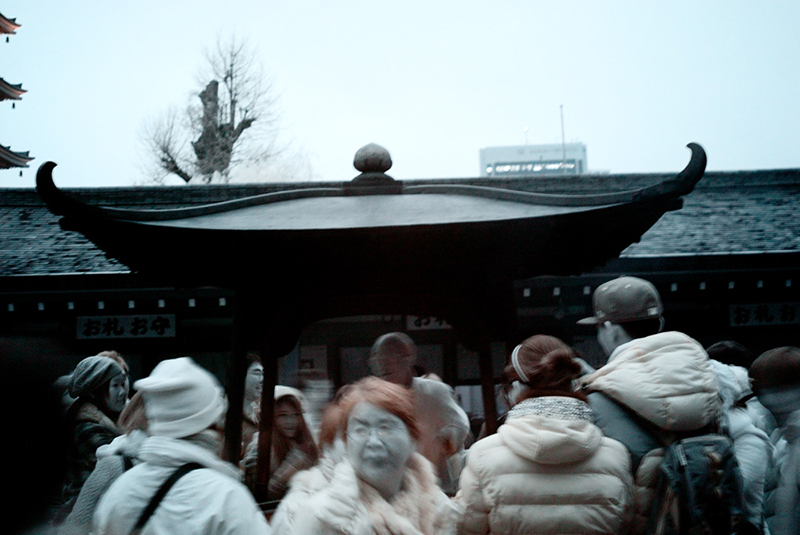
When coming back to Japan after a hiatus of a year in 2012, I noticed a change in behaviour, in attitude thathad taken place: Gone was the optimism that had always kept the country on course, even in the face of naturaldisasters that frequently strike the archipelago. Fear and uncertainty had spread, putting the nation in a sortof zombie mode where everyone kept on with his daily life without knowing what tomorrow would bring. Using amodified digital camera that captures infrared pictures, I sought to translate this particular mood into aphotographic series, called “Tokyo Radiant”.
These photographs are not accusatory, they follow no political agenda nor try to document any of the actualhappenings: as pieces of a personal artistic work, they hopefully convey a very special feeling and thus becomea reminder of the fragility of our well-sorted, seemingly ordinary world.
With the terrible events five years behind and the Tokyo Olympics ahead, the mood has long turned into somethingdifferent, making this series a somewhat historic document. Yet, many of the issues remain relevant, withthousands of people still living in temporary houses, and the ruin of the Fukushima power plant still emittingan uncontrolled amount of radiation into the Pacific Ocean.
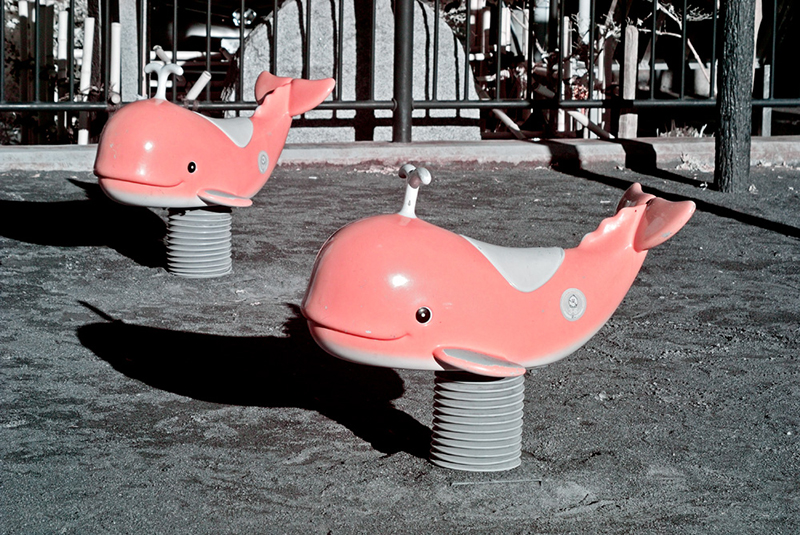
Born in Germany in 1977, Philipp Zechner has lived in France and Japan for several years, before returning to his country in late 2013. He is currently based in Mannheim, Germany. His photographs center on urbanity, man-made objects and the seemingly ordinary.
Website: tokyo-radiant.com
